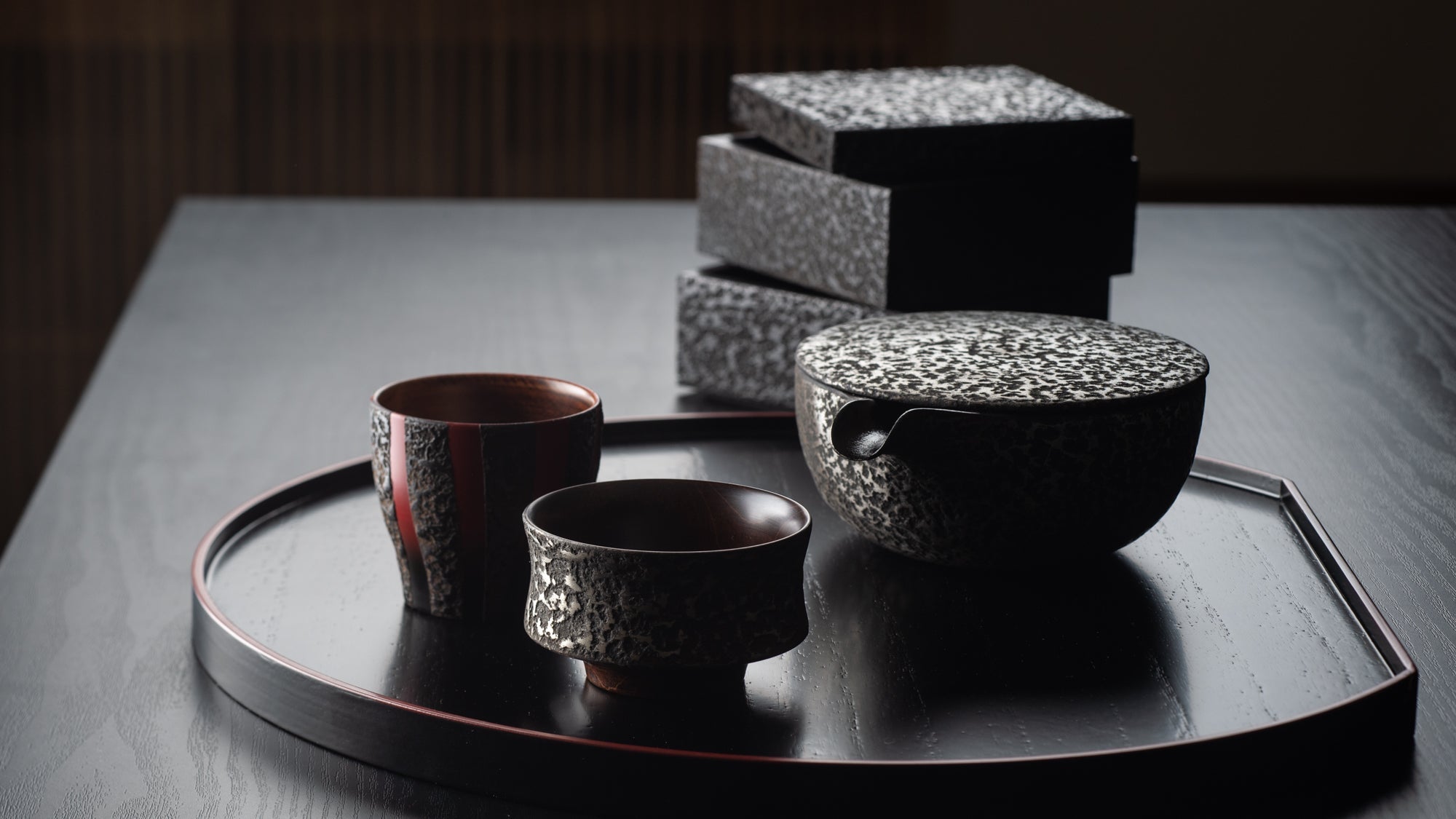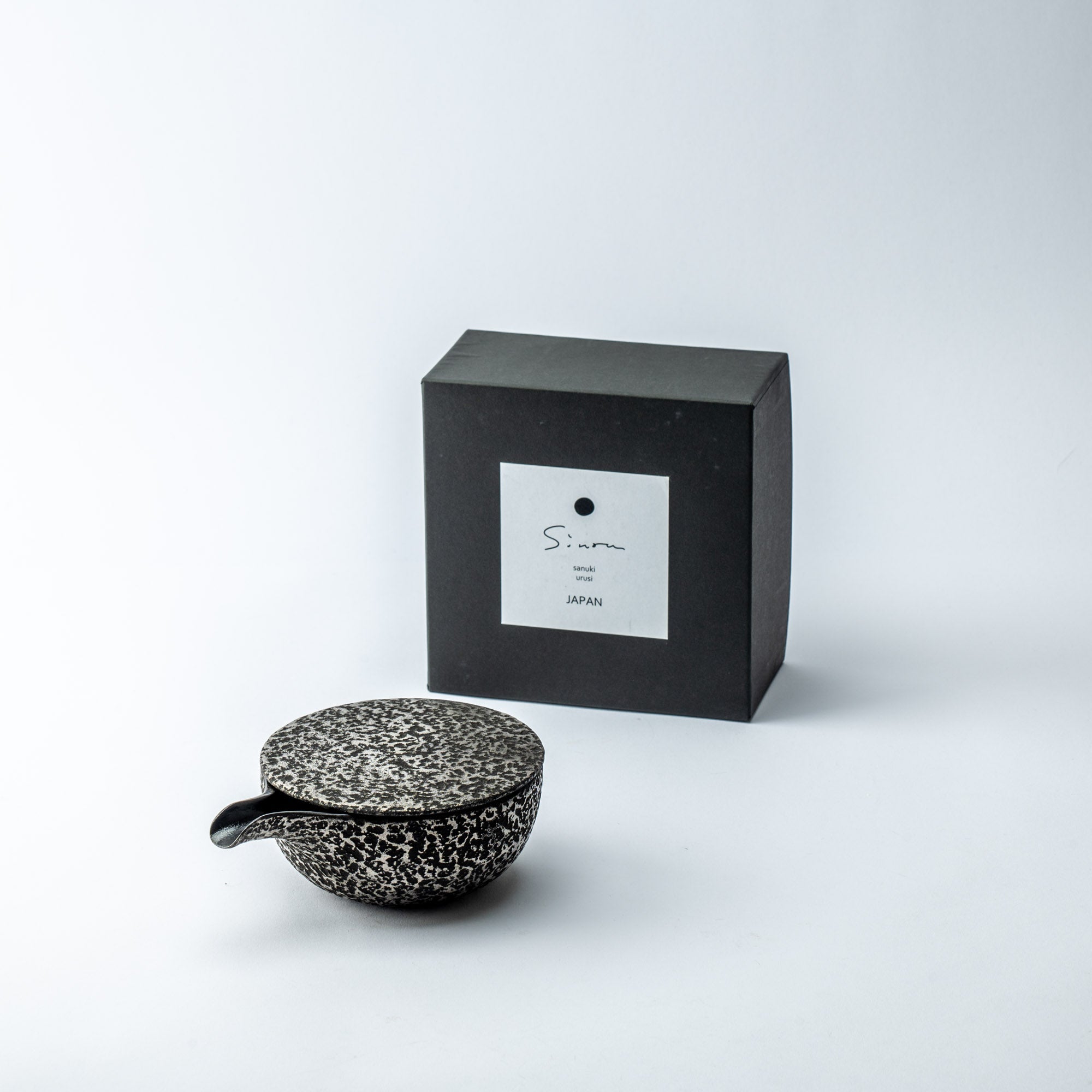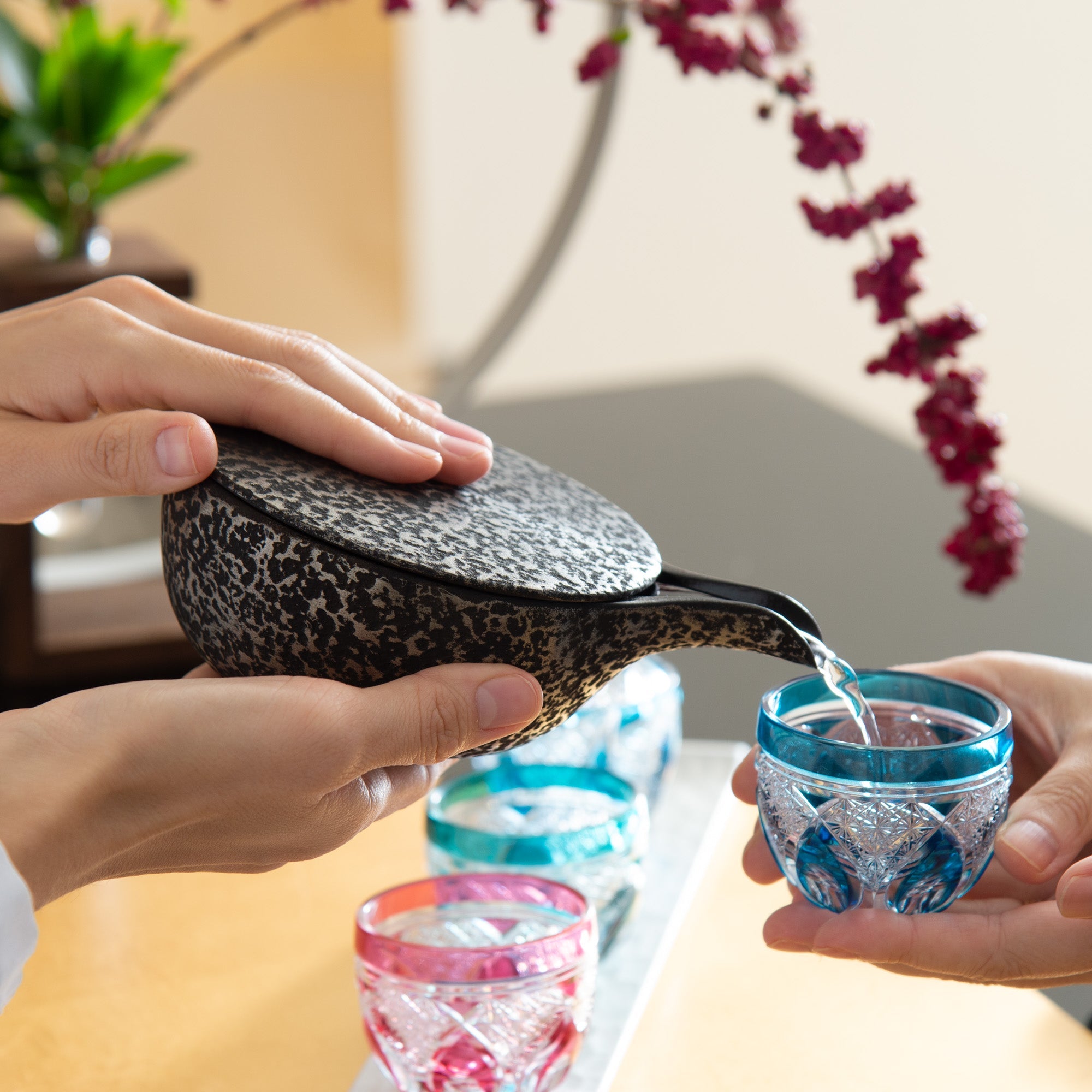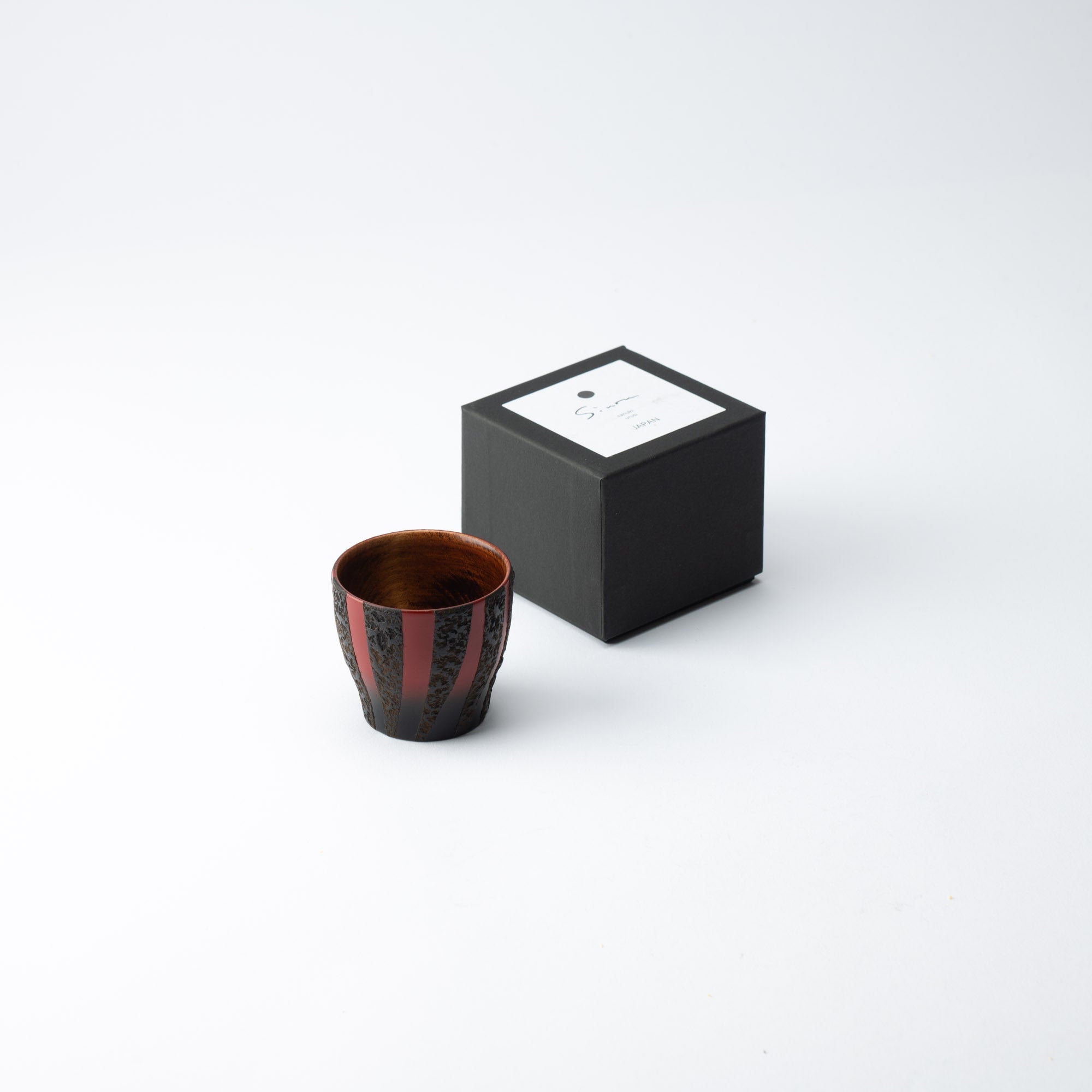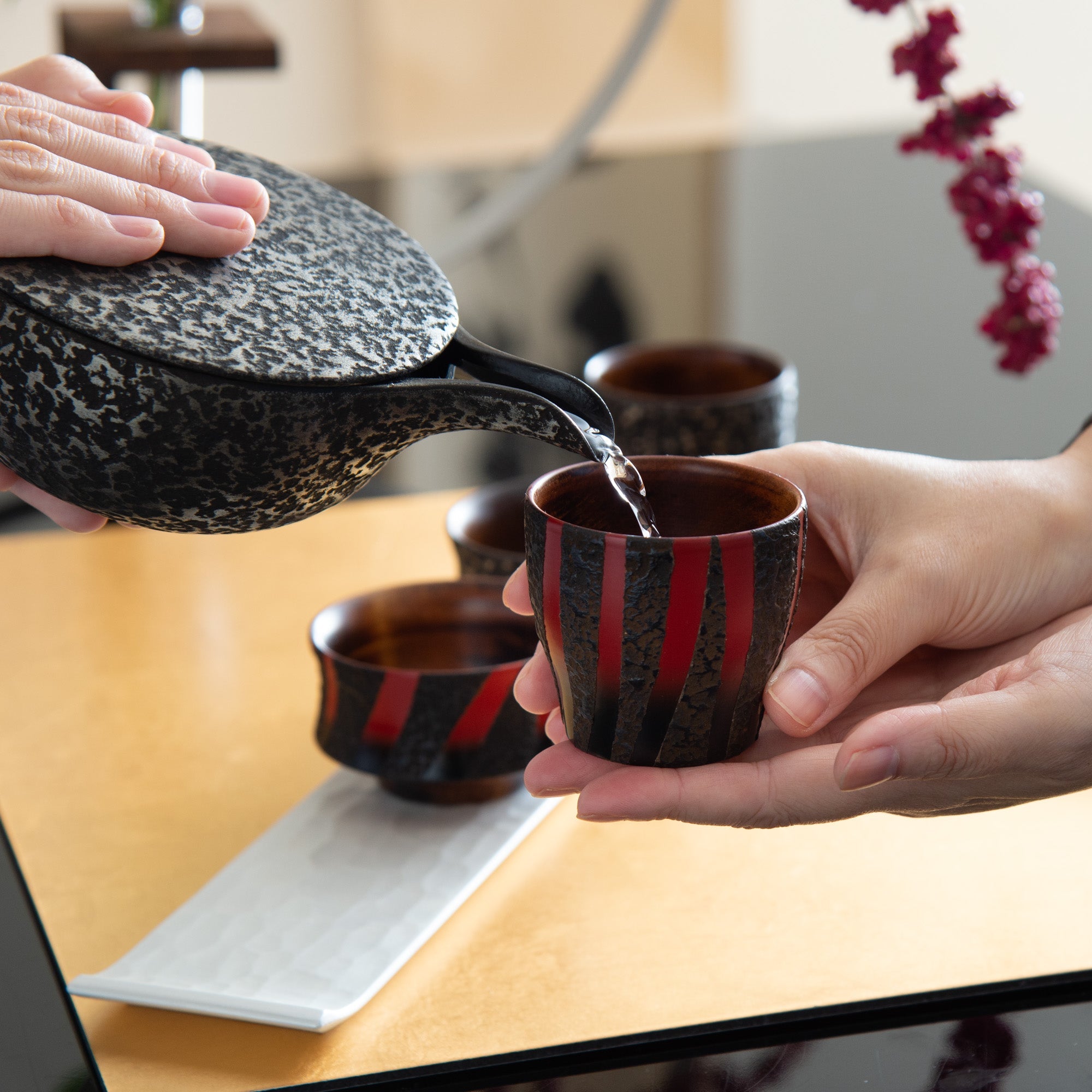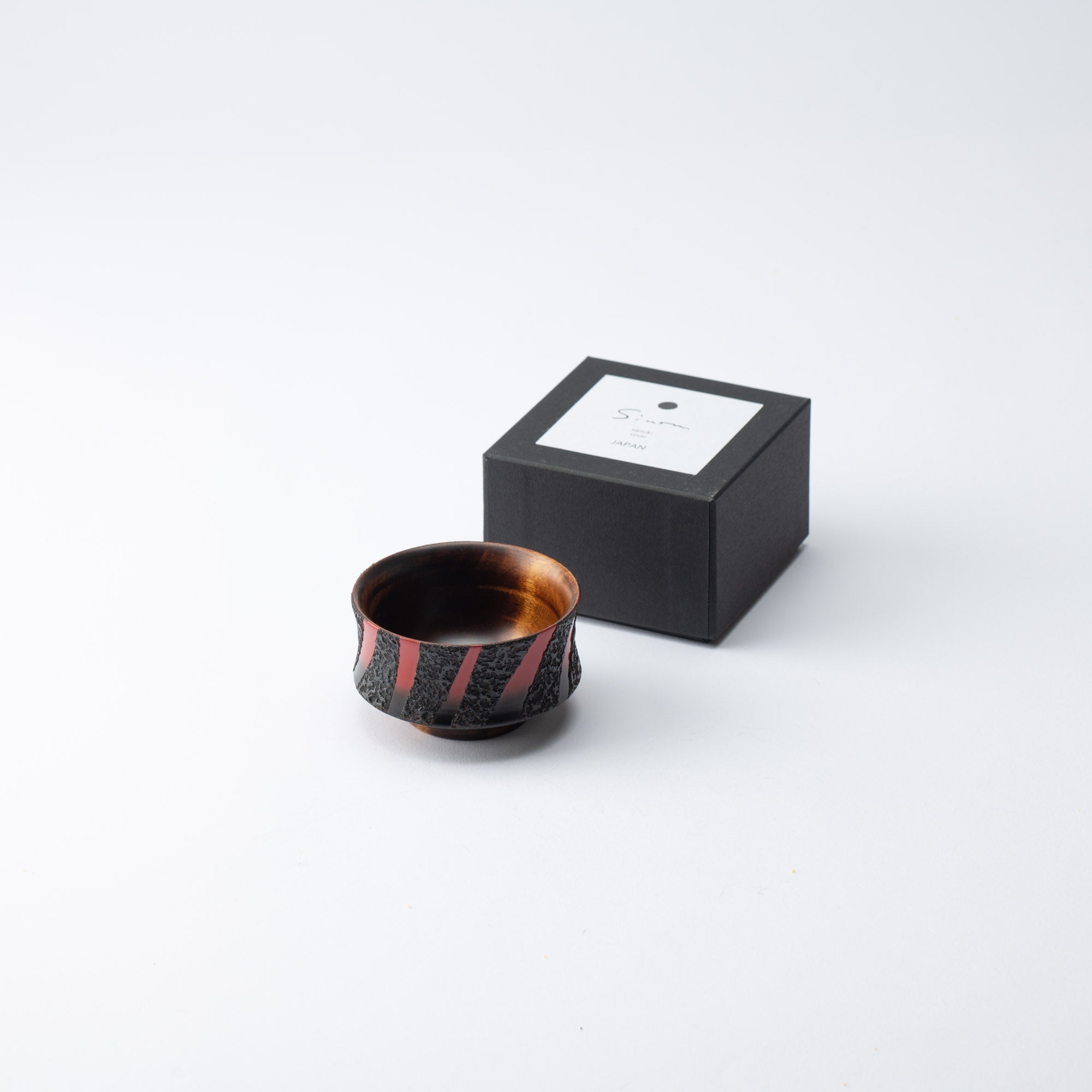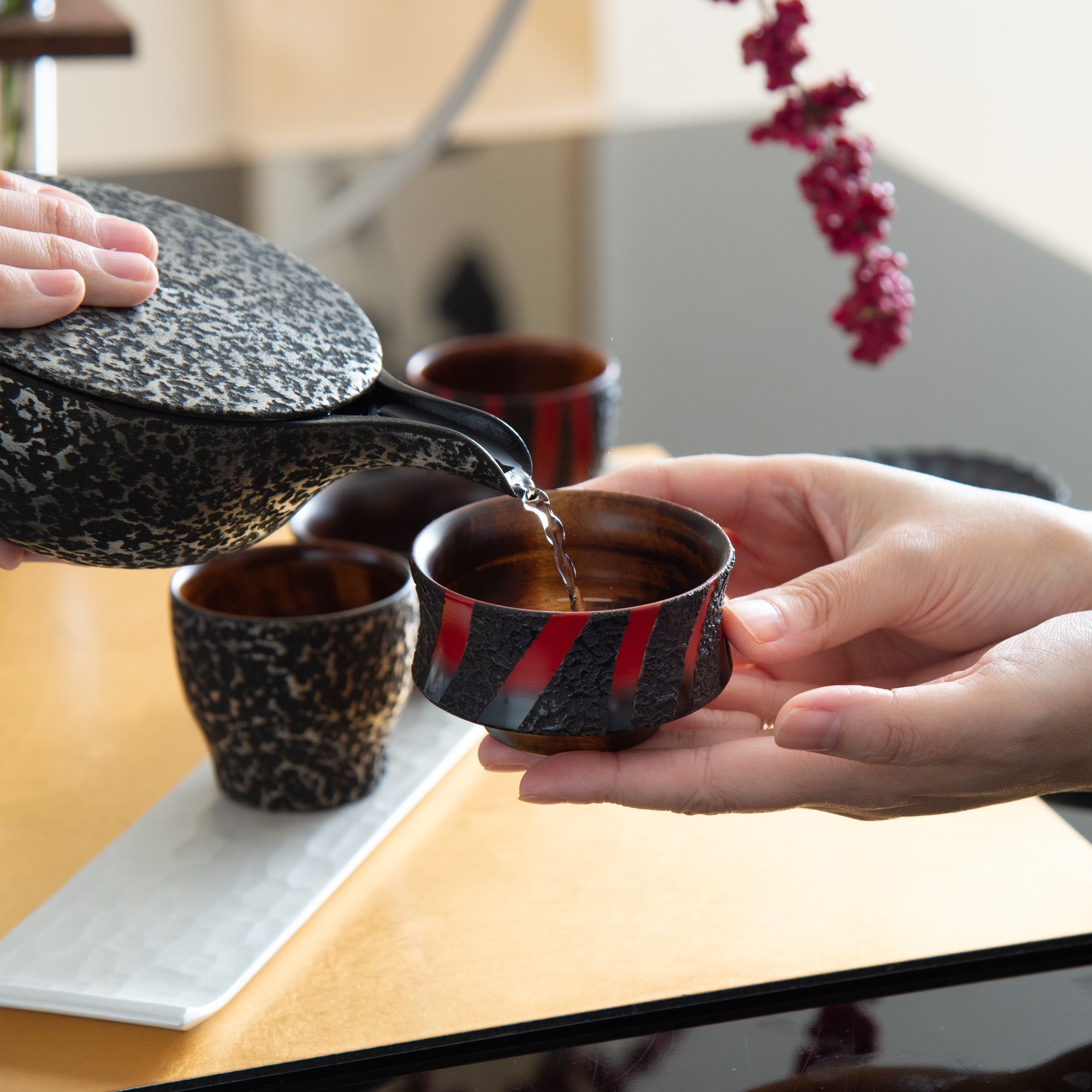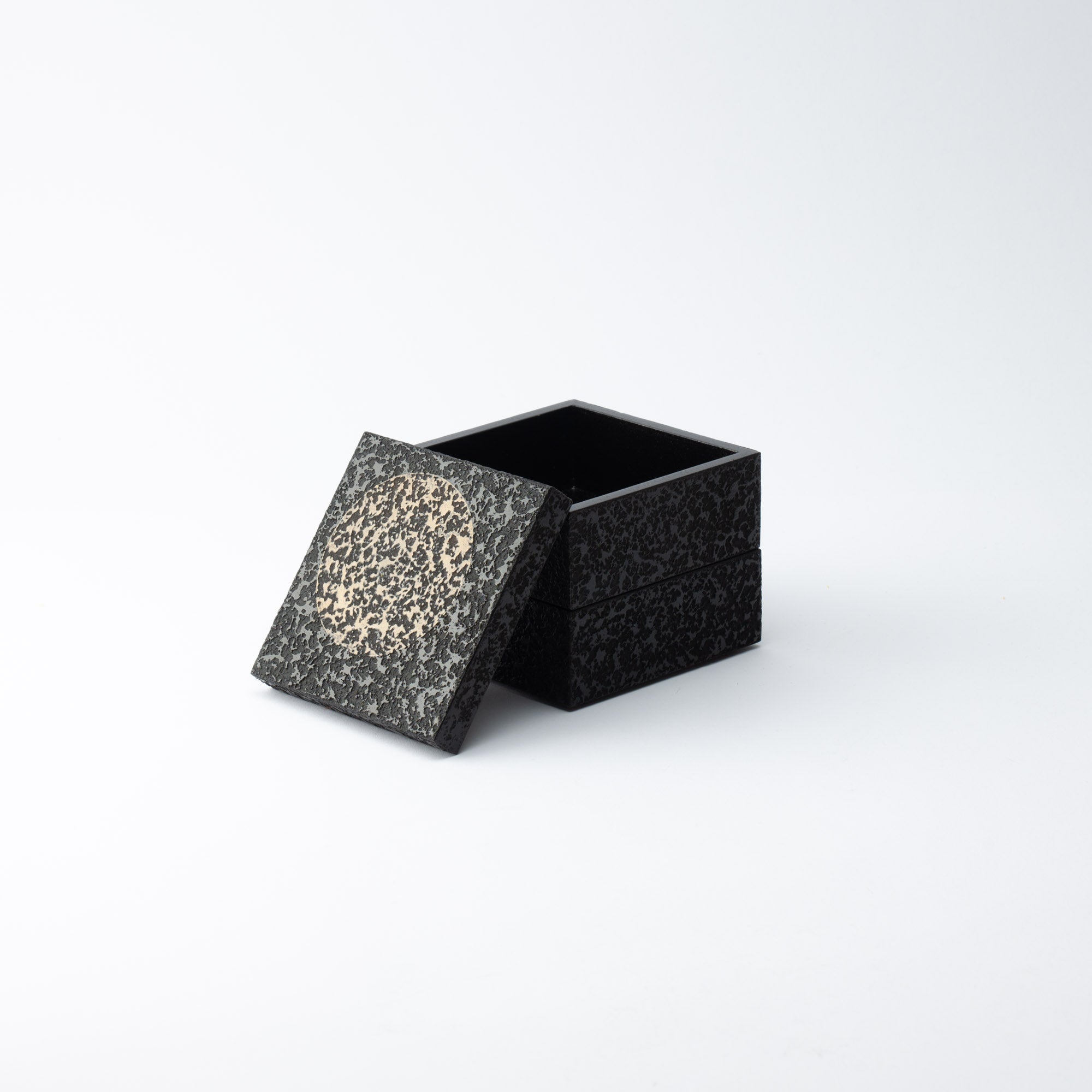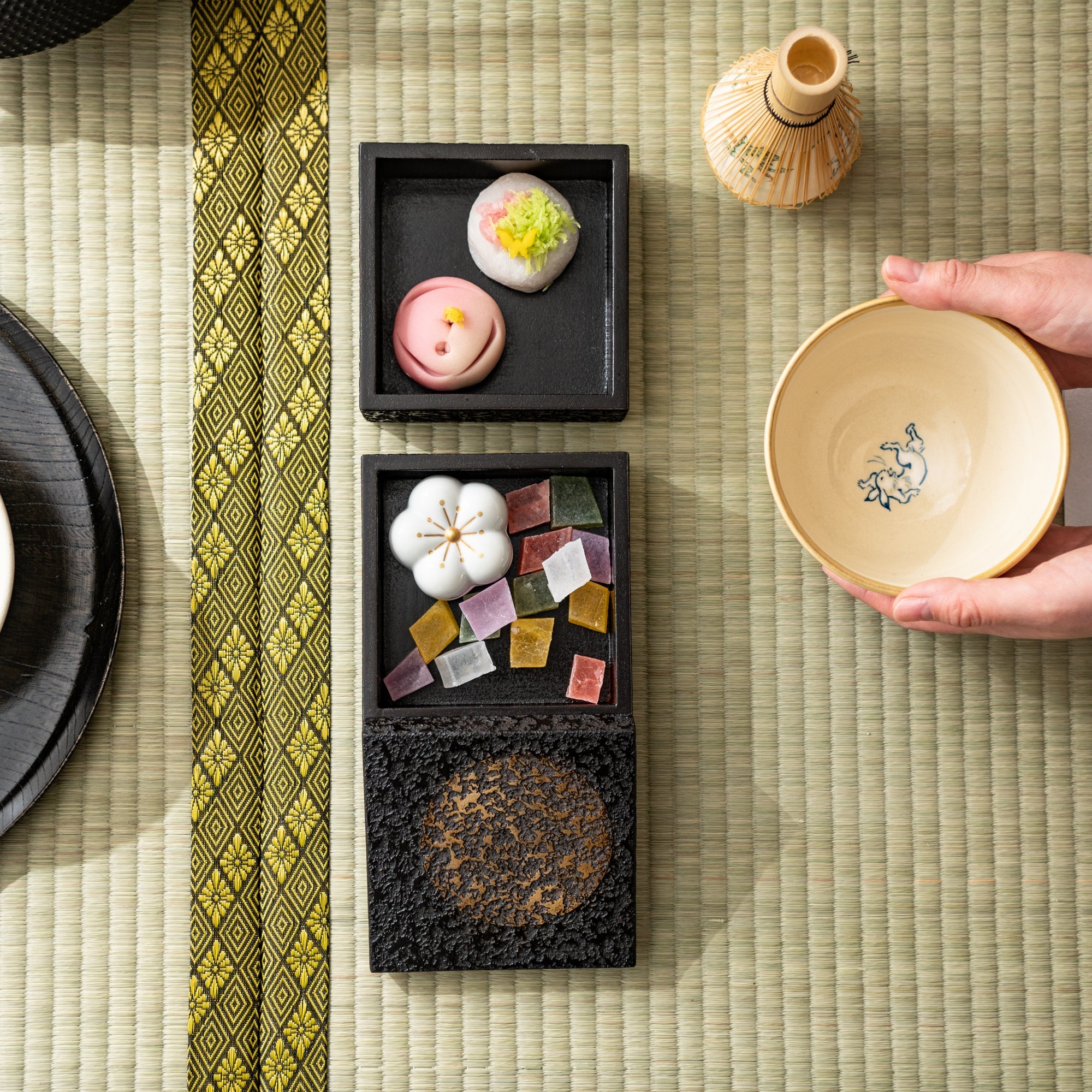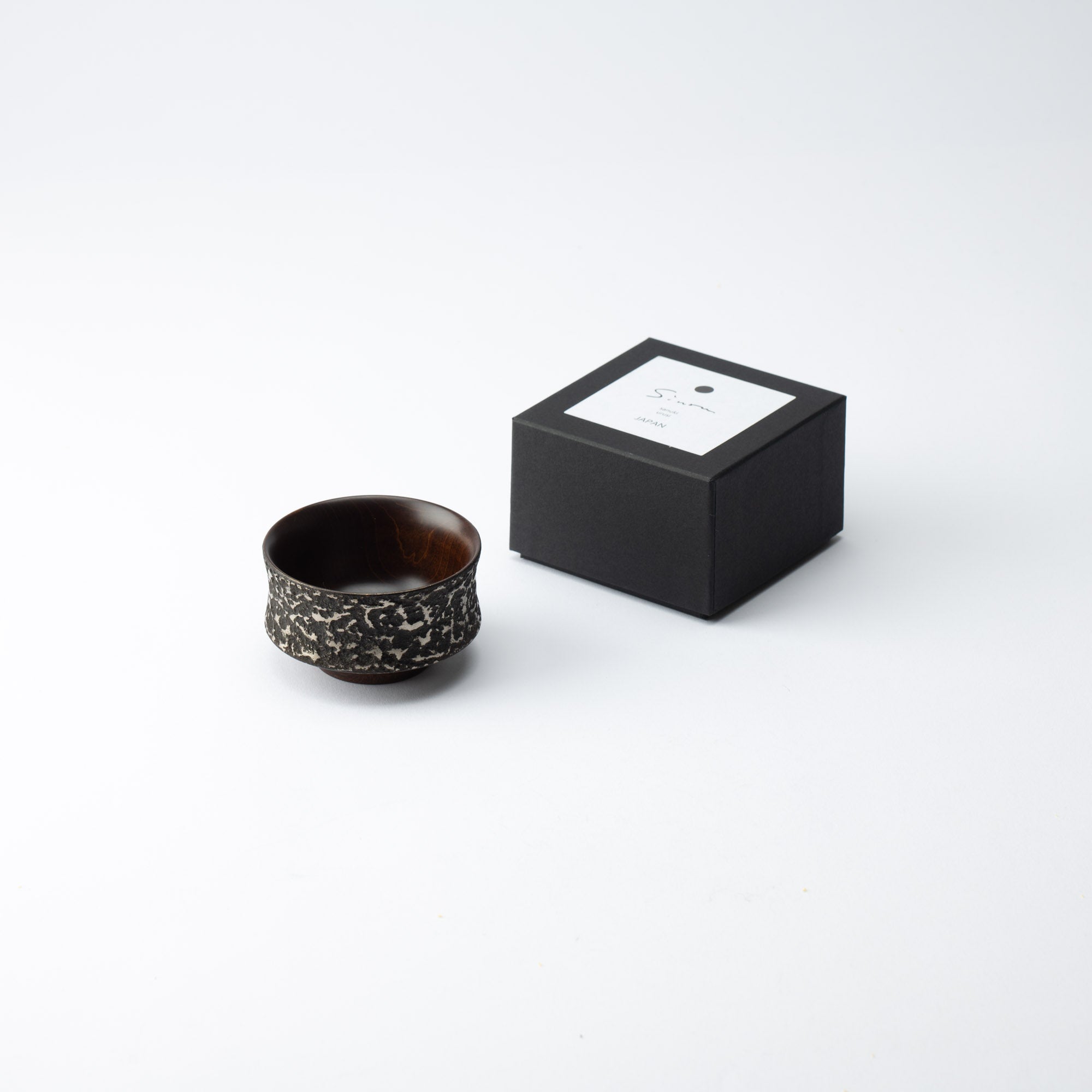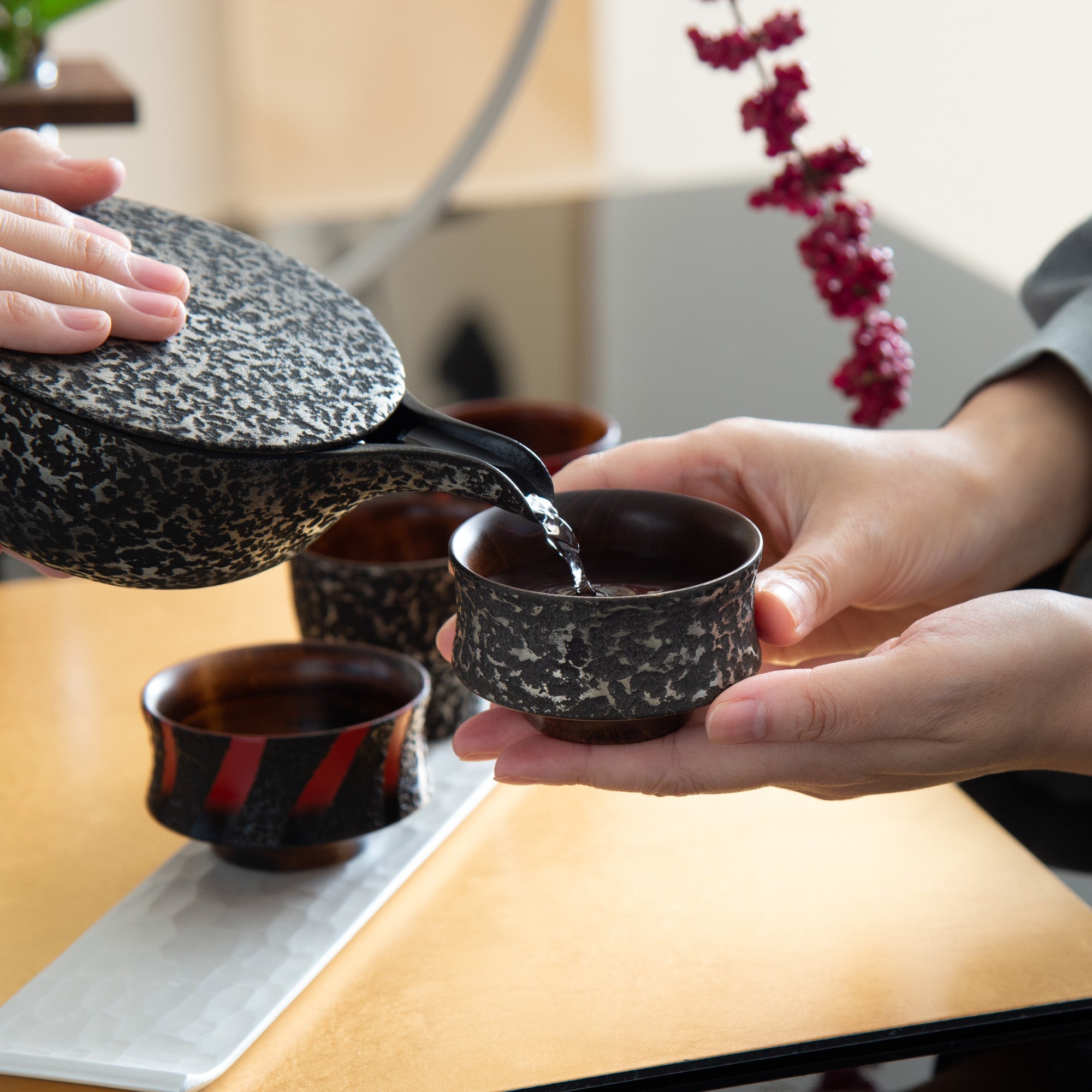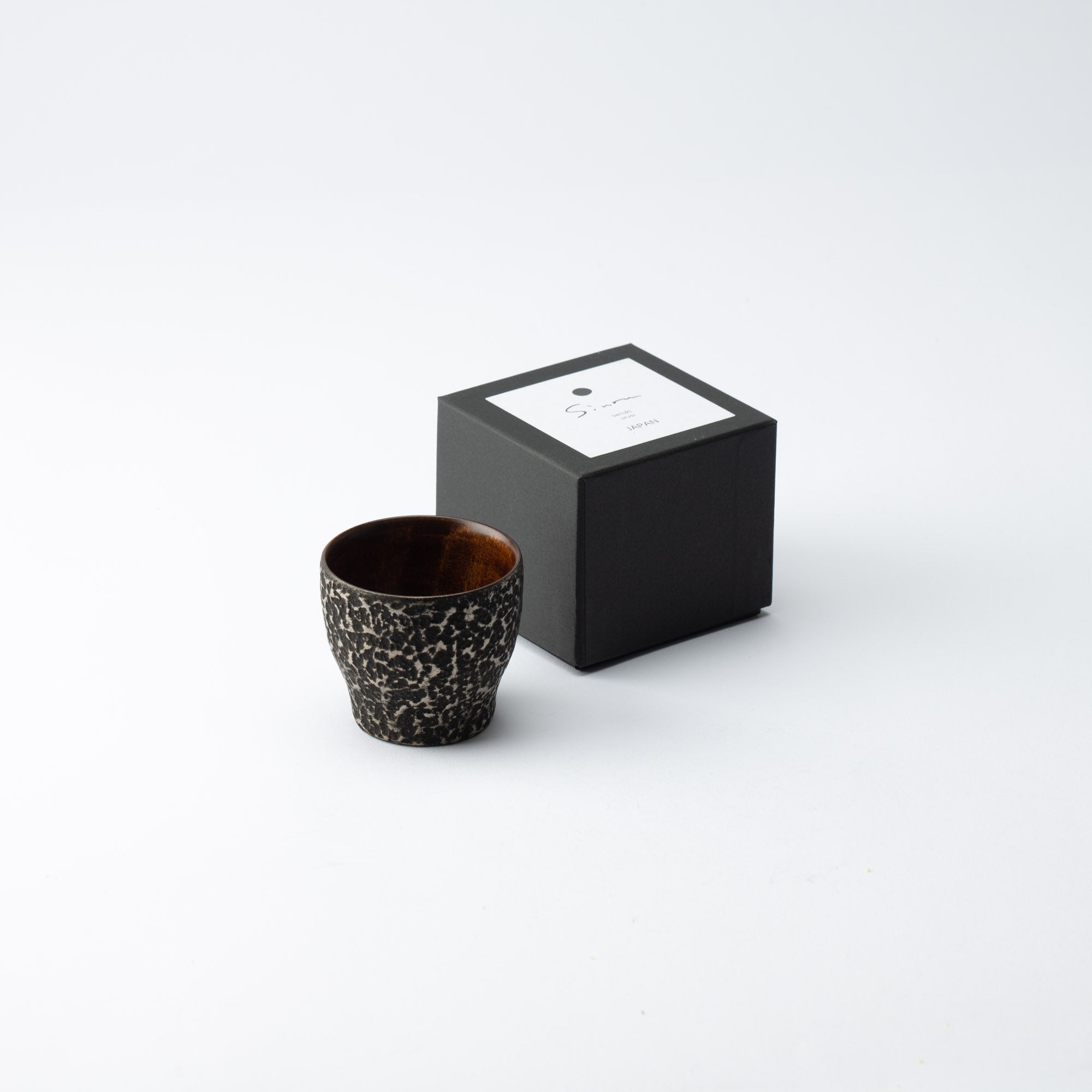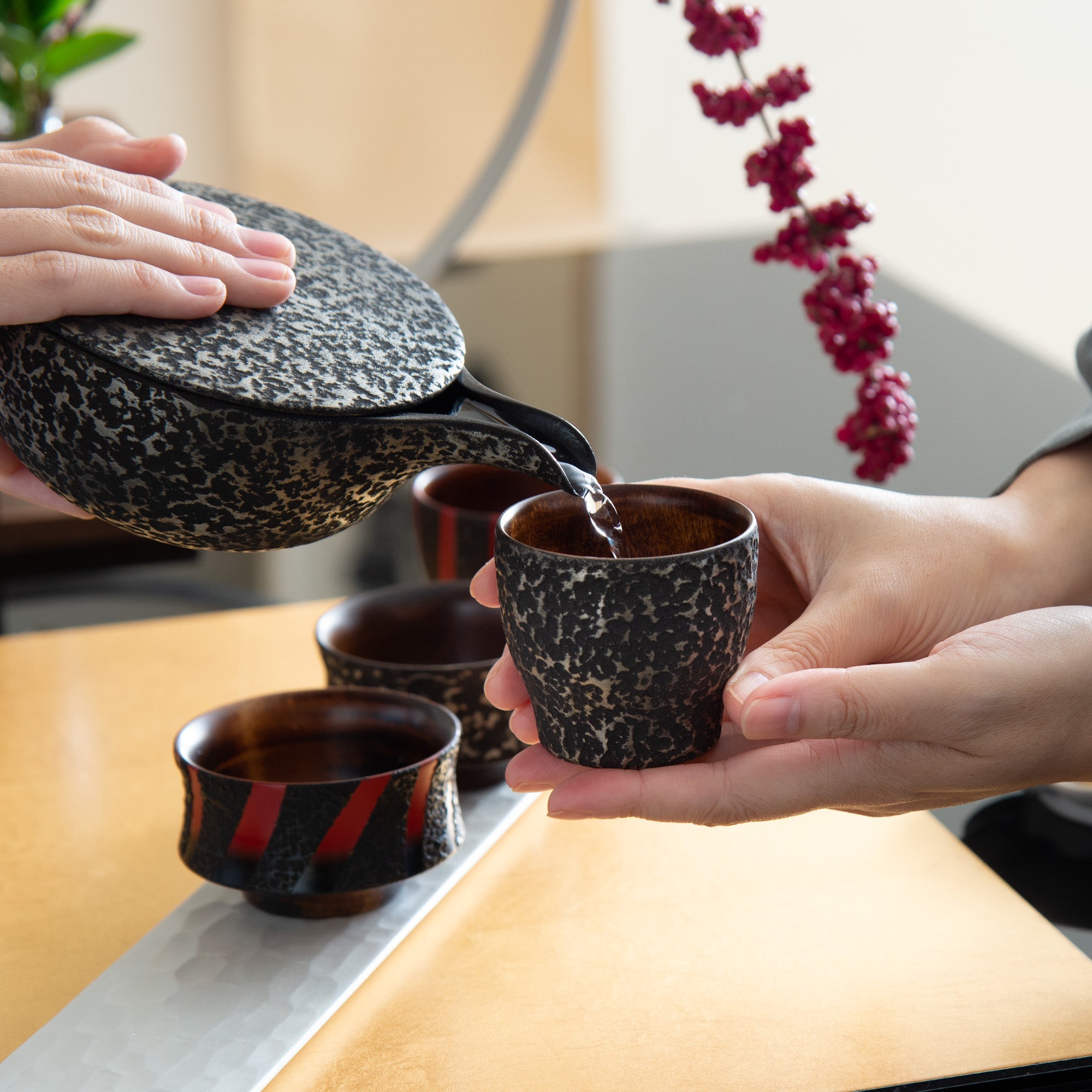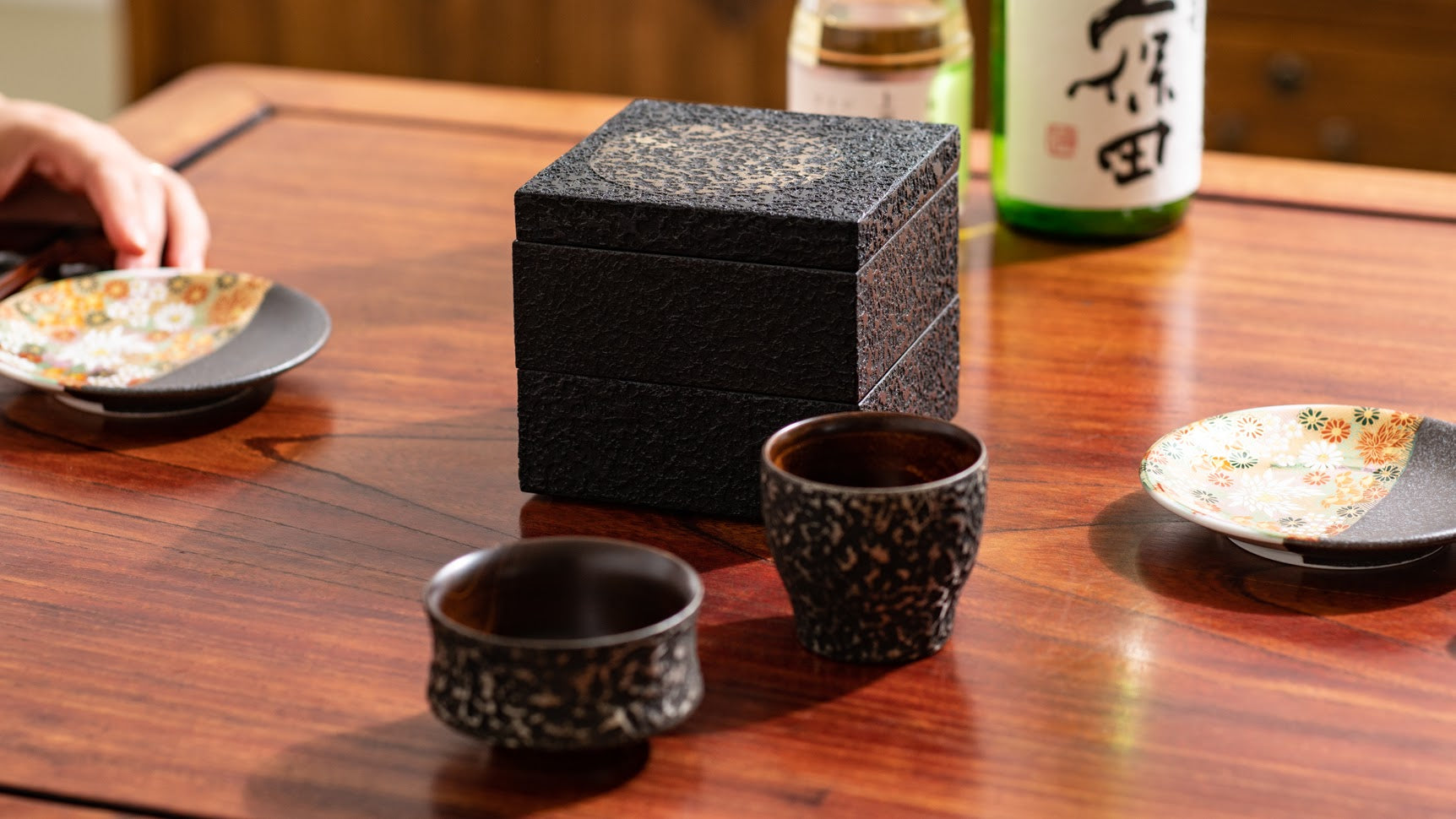
The resonating beauty of carved and colored lacquer work
Kagawa Lacquerware
In the late Edo period (1603–1868 CE), Tamakaji Zokoku set out to research lacquerware techniques from Thailand and China, such as kinma and zonsei. By combining traditional Japanese methods with these new ones, he was able to develop unique lacquerware works. Today the main production area of these pieces, collectively known as Kagawa Lacquerware, is Takamatsu City in Kagawa Prefecture.
History
Its history dates back to 1642 when Yorishige Matsudaira became the feudal lord of Takamatsu Domain after being transferred from the Tokugawa family in Mito. Yorishige encouraged lacquerware policies and the art of sculpture, which marked the beginning of Kagawa lacquerware. The successive feudal lords also provided strong support for the protection and nurturing of craftsmanship, including lacquer art, leading to the flourishing of the craft and the growth of many renowned artisans and masters.
Among them, Tamakaji Zokoku, born in Takamatsu City, is well-known for establishing the distinctive lacquer application technique specific to Kagawa and making significant contributions to the traditional industry of the region. During his studies in Kyoto, he was exposed to various lacquer works, including Tang dynasty lacquerware from China, as well as Kinma lacquerware made in Yunnan provinces of China, Thailand, and Myanmar.
Instead of adhering to the mainstream maki-e style at that time, Zokoku utilized the techniques he had brought back and developed his unique lacquer art technique, establishing three techniques: "Kinma," "Zonsei," and "Choshitsu."
After Zokoku's passing, his brother took over, but the industrialization of practical lacquerware was unsuccessful. During the Meiji period (1868 – 1912), there was a period when "Zonsei," which had been synonymous with Kagawa lacquerware, declined. In its place, "Sanuki-bori," a technique of applying colored lacquer to wood carvings, emerged as a central presence.
In 1976, five techniques were designated as national traditional crafts: "Kinma," "Zonsei," "Choshitsu," "Goto-nuri," and "Zokoku-nuri," named after Zokoku. Sanuki lacquerware has produced six Living National Treasures to date, and the Kagawa Lacquerware Research Institute in Kagawa Prefecture has been established as an institution for cultivating successors, demonstrating the continued dedication to the inheritance of lacquer art.
Filters


